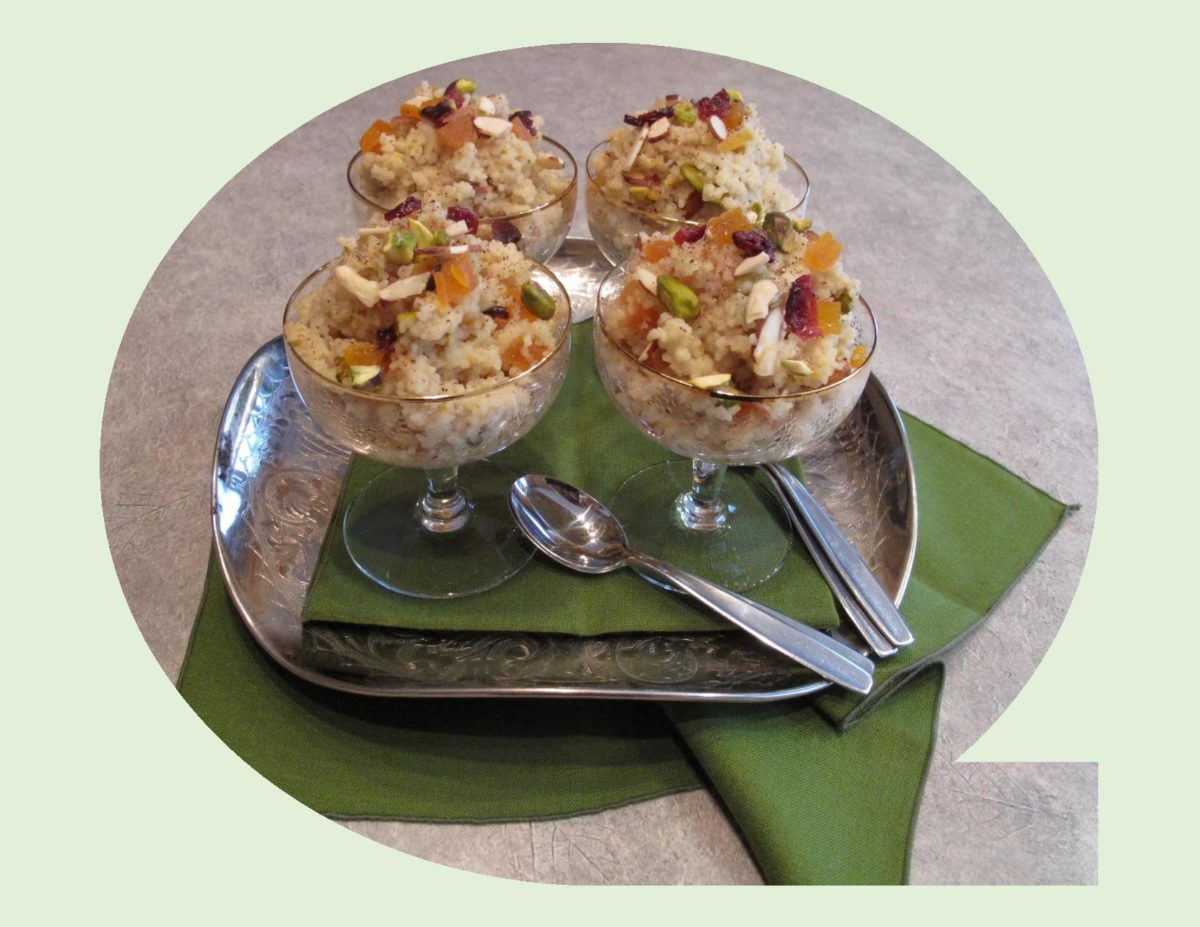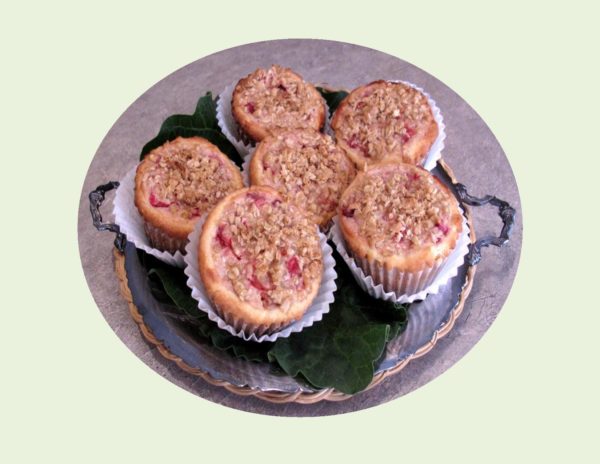Couscous beyond lamb stew — sounds interesting! I never really paid much attention to couscous until we had traveled in the North African country of Morocco.
Traditional couscous is prepared with semolina. However, the name nowadays is used to refer to similar preparations made of different cereals, such as barley, millet, sorghum, rice or corn.
In Tunisia, Algeria, Morocco & Libya couscous is generally served with vegetables, cooked in a spicy broth or stew. However, in other countries, it is eaten more often as a dessert.
Couscous is made of tiny granules of various sizes. Traditional methods of preparing them are very labor intensive. The semolina is sprinkled with water and rolled by hand to form small pellets, sprinkled with dry flour to keep them separate, and then sieved. Any pellets which are too small to be finished granules of couscous and fall through the sieve will be rolled and sprinkled again with dry semolina. This process continues until all the semolina has been formed into tiny granules of couscous, which are then dried in the sun. In Western grocery stores, couscous has been pre-steamed and dried, becoming a quick food, ready in 5 minutes by adding boiling water to it.
The main ingredients found in Moroccan desserts are dried fruits with an assortment of nuts and sesame seeds. Spices such as cinnamon, cloves and cardamom along with orange blossom and rose water give that distinctive Middle Eastern taste. Rose water, a liquid distilled from rose petals with steam, dates back to ancient Greece and Persia. It was brought to Europe via treats like marzipan and Turkish delight in the Middle Ages, then later to the American colonies, where it was the most popular flavor before vanilla hit the market in the late 1800’s.
The key is to use rose water sparingly — a little goes a long way. This dessert is loosely based on ‘Moroccan Seffa’, essentially sweetened couscous sprinkled with rose water. It’s like a blank canvas, there are so many combinations you can create. One of my favorite versions starts with almond milk. You can make almond milk yourself with ground almonds and water or just purchase some in the natural section of the grocery store.
When couscous is cooked in this manner it gains a lovely, not-too-subtle almond flavor that takes to the other spices nicely. Not everyone likes rosewater but a sprinkling of it is ‘exotic’ and well worth trying.
I’ve added just a few more photos taken during our time spent in Morocco.

| Servings |
|
- 2 1/2 cups Silk Almond Milk
- 1/3 cup sugar
- pich of salt
- 1 cup couscous,
- 2 tsp lemon or orange zest
- 1 tsp cardamom, ground
- 1/2 - 1 tsp rose water (for cooking)
- 1 cup almonds, sliced or chopped
- 1/4 cup pistachios, shelled
- 1 cup dried apricots, chopped (OR a combination of apricots, dates & dried cherries)
Ingredients
|

|
- In a saucepan, bring almond milk, sugar & salt to a boil; add couscous, zest & cardamom. Cover & cook for another minute, then turn off heat & let stand for 5 minutes.
- With a fork, fluff couscous & sprinkle with rose water. Add nuts & fruit, gently combining. Serve warm or at room temperature.




